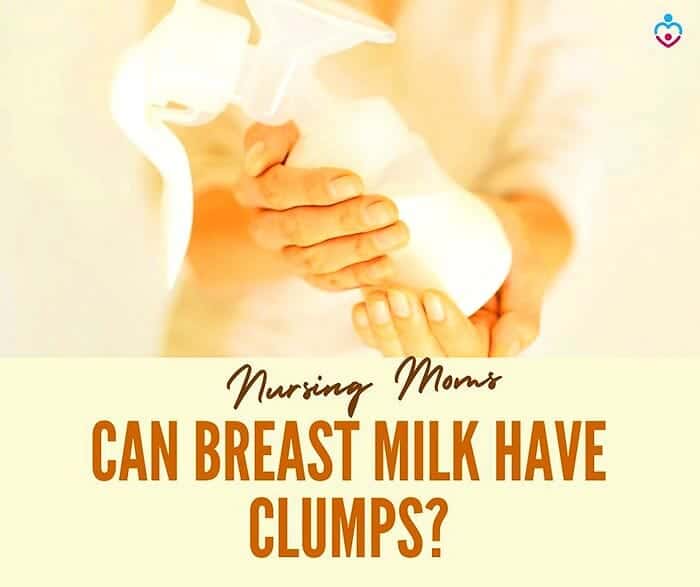
Can Breast Milk Have Clumps? Clumps in breastmilk can be concerning, but the sooner you acknowledge this condition, the faster you will find a proper treatment for it. Breastmilk could come in various textures and consistencies. Your milk will also be thicker in the first month of nursing and more runny the more you advance in this phase.
Can breast milk have clumps?
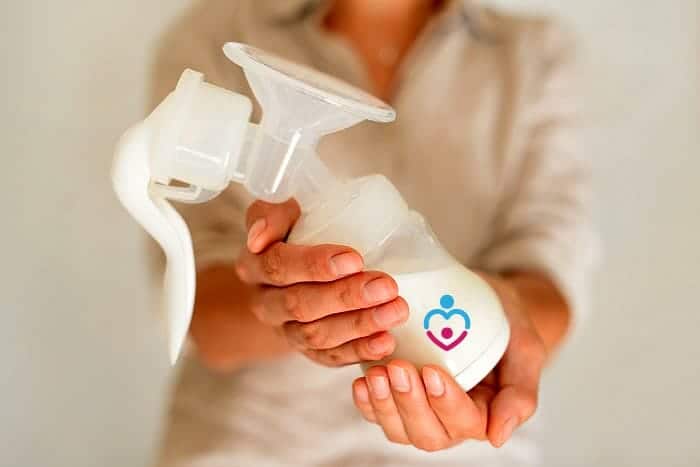
Clumpy breastmilk could be expected, especially if it has a high level of fat. Still, it can also be a side effect of a breast infection such as mastitis. If you are concerned about the consistency of your breastmilk or if you notice clumps in it, it is essential to talk to your doctor to identify the cause.
![]()
What is the natural texture of breastmilk?
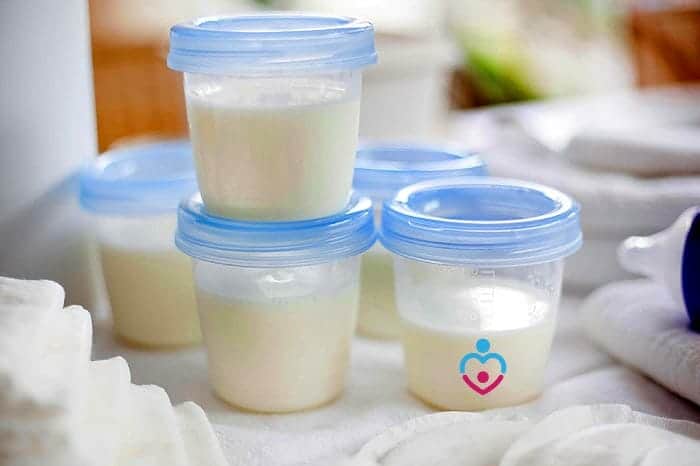
The texture, as well as the composition of your breastmilk, will change over time. The way your breastmilk is when you first start nursing will not be the same as when you are six months or more into this stage.
- During breastfeeding, your breastmilk will go from colostrum milk to transitional milk and mature milk. The colostrum will have the thickest consistency, while the mature milk will be the most watery.
- You will also notice that the closer you get to the end of a feeding or a pumping session, the thickest your breastmilk will become. This is due to the increased fat concentration of breastmilk found mainly in the hindmilk rather than the foremilk.
- The foremilk is the first milk that comes out when your baby starts sucking or when you start pumping, and the hindmilk is the type of milk that comes out in the second part of the nursing or pumping time.
Suggested Reading:
![]()
What can cause clumps in breastmilk?
Clumps in your breastmilk can appear due to different reasons. While not all of them are worrisome, there are definitely reasons to look into the cause of these clumps to make sure it is nothing serious.
A) Your milk has a high-fat concentration
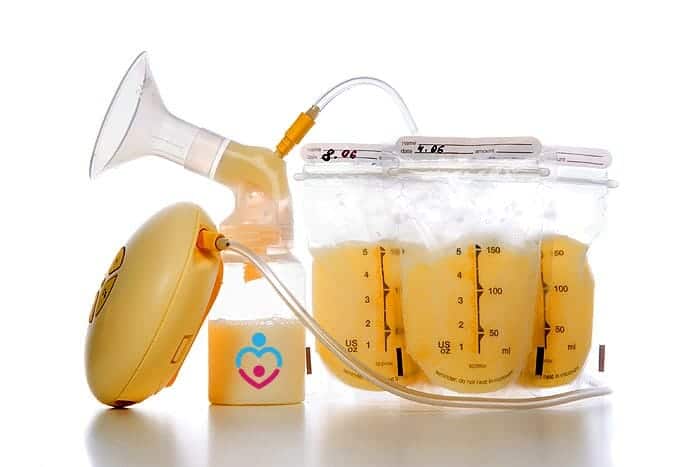
Breastmilk high in fat will have a thicker consistency that could develop clumps as soon as the milk reaches the bottle or the container you pump it into. This is no reason for concern, and you will notice that these clumps come apart quickly if they are due to the fat in the milk.
Also, in this case, the clumps could develop later as you store your breastmilk in the refrigerator. If you freeze your milk, the clumps will not develop more than they are when you pump it fresh.
![]()
B) Mastitis can cause clumpy milk too.

Mastitis is an inflammation of the breasts that can cause infection and severe pain during nursing and pumping. This condition could also be silent, which means you will not have any symptoms. Still, you might experience clumpy breastmilk as a side effect.
Since mastitis usually affects one breast, you might have clumpy breastmilk from only the affected breast. If you notice that this is the case, make sure you check with your doctor before continuing to breastfeed your baby.
![]()
C) Local breast infection or inflammation
Besides mastitis, there can be another local infection or even body infection that alters the consistency of your breastmilk. In addition, if the clumps in your milk are not coming from a high level of fat or mastitis, you might have other health conditions that you should address, such as coagulase-positive staph that affects your breasts and overall milk flow. If this is the case, your milk could have a jelly texture and a clumpy texture, and it can even be more watery than usual.
Suggested Reading:
![]()
When should I see a doctor for clumps in breast milk?

If you have any concerns regarding the quality of your breastmilk, you should definitely check it out with your doctor and make sure you don't suffer from a severe underline condition. The following symptoms and signs should be reasons enough to go to the doctor for further investigations.
- Clumps and unusual texture of your breastmilk: If the clumps in your breastmilk come along with a jelly texture and a strong odor different from the sweet and mild smell of your regular breastmilk, it is essential to investigate further. However, if you notice a few fat plugs in your breastmilk, this is not reason enough to be concerned. If the clumps you see in your milk are, in fact, fat plugs, you will also notice that they come apart quite quickly.
- Pain during nursing or pumping: If you experience any pain during nursing that is worse than a mild condition, it is worth having it checked out by your doctor. Such discomfort could be a side effect of an infection or an incorrect latching position. In both situations, you will have to establish the cause of the ache. Pain during pumping or nursing can come with clumps in breastmilk and other symptoms such as fever, dizziness, and even vomiting.
- Reduced milk flow: A reduced milk flow is also a reason for concern, significantly if you didn't change your daily pumping routine. Your body produces as much breastmilk as your baby needs, and it knows that by the frequency with which you nurse them or you pump your milk. If this frequency didn't change, but your breastmilk reduced significantly, you might want to talk to a specialist to identify the cause.
![]()
Is breastmilk with clumps in it safe for the baby?
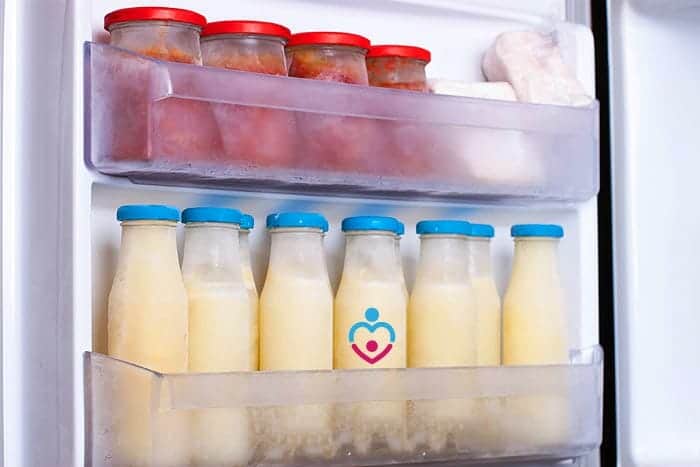
Clumpy breastmilk that comes from fat plugs is not a reason for concern, and you can feed it to your baby as you normally would. However, in this case, the fat plugs will dissolve, so it is not always a texture that stays.
- The great news is that you can still breastfeed your baby if you have mastitis or other infection. Still, you will need to see your doctor before making that decision. Your doctor will get a culture of your breastmilk and let you know if it is safe to continue nursing or if you might want to put a brake on it until the condition is resolved.
- Keep in mind that putting a break on breastfeeding doesn't mean you will stop pumping your breastmilk too. To maintain a good milk flow, you will have to maintain your pumping schedule and stimulate your breasts. Doing so will help you get back at nursing your baby as soon as your doctor allows you to do that.
- If you notice clumps in your breastmilk, you don't have to panic. This could be completely normal, and it is not always a sign of a breast infection. However, it is important to talk to your doctor and go through the investigations they recommend you do before deciding.
![]()
Even if the clumpy milk is due to a more serious condition, that doesn't mean your baby has to be affected by it. However, diagnosing the condition early and following the proper treatment can reduce both the risks and the discomfort and get you back on track in no time!
![]()

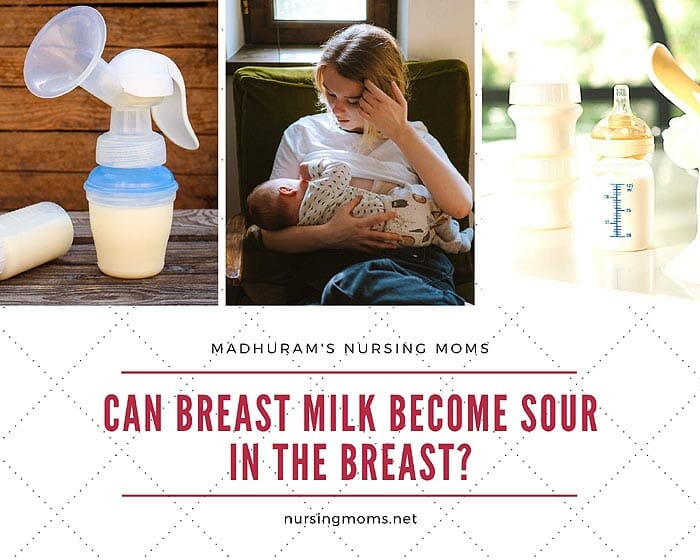
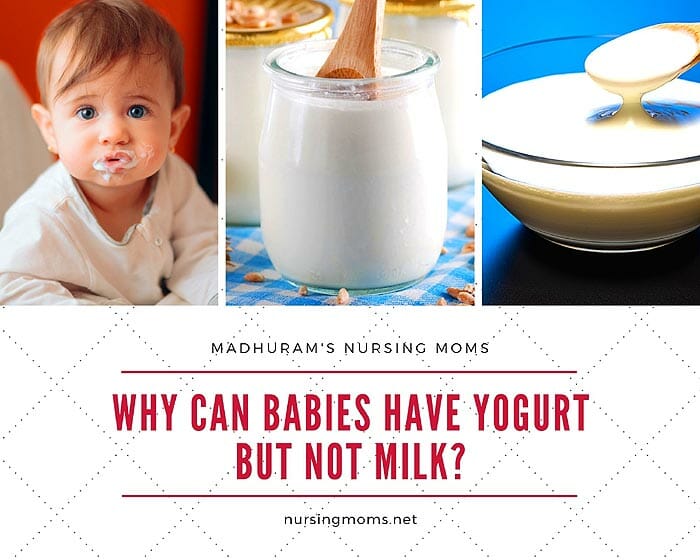
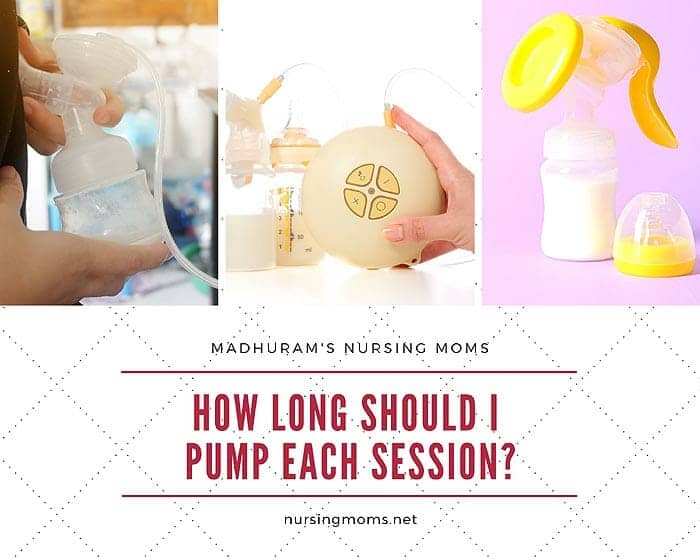
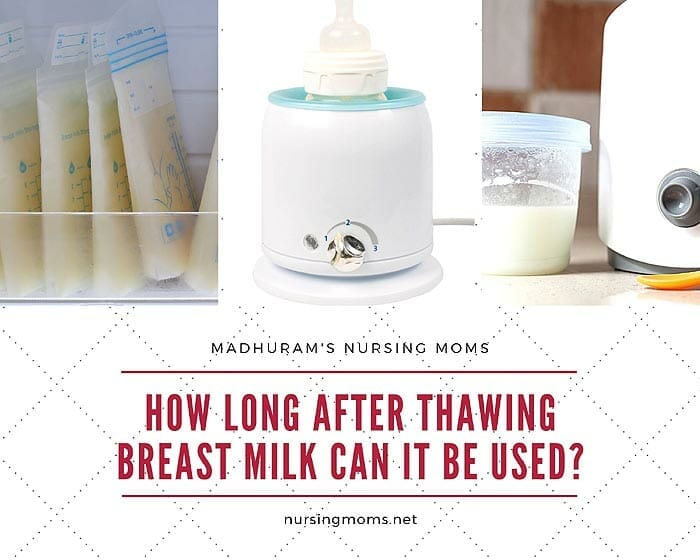
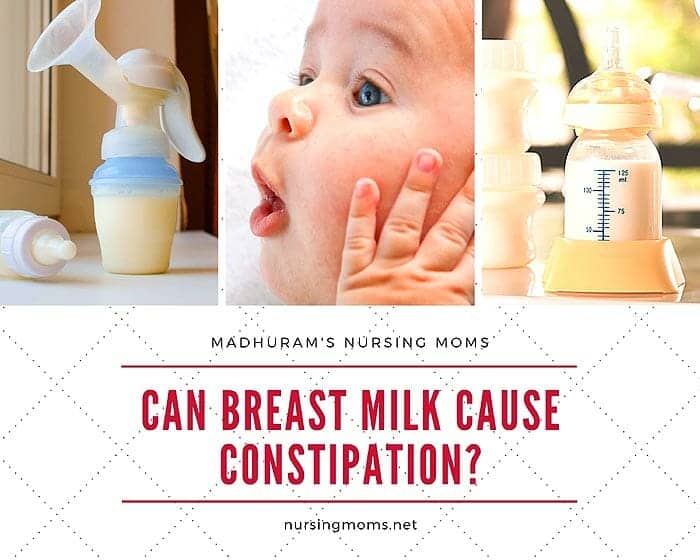
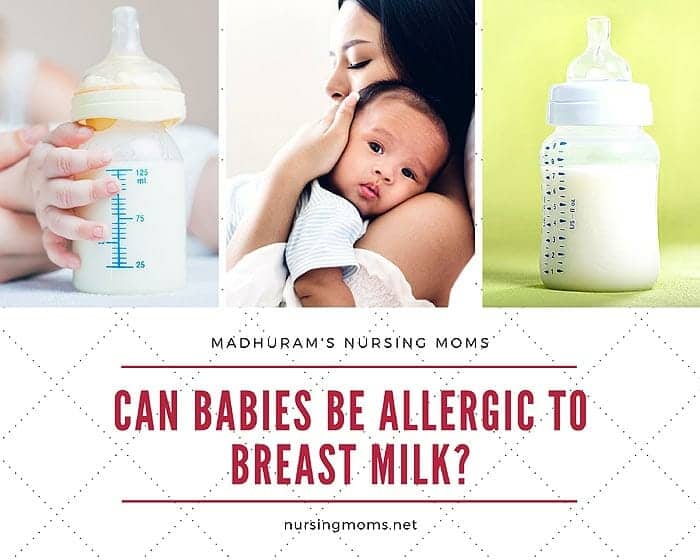
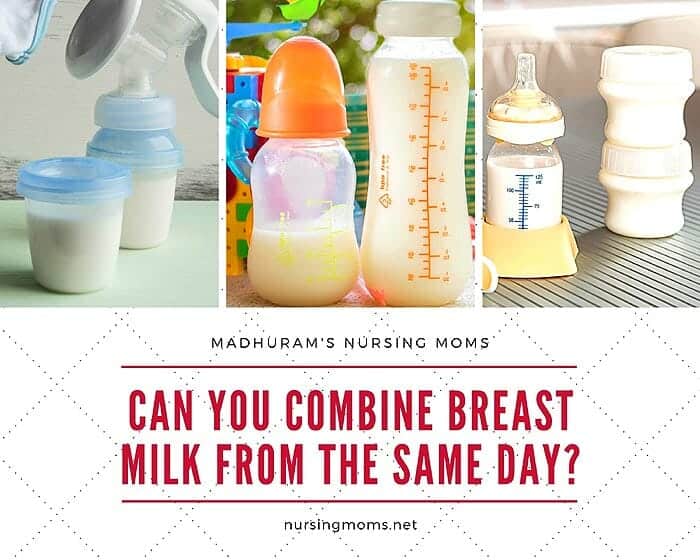
Leave a Reply